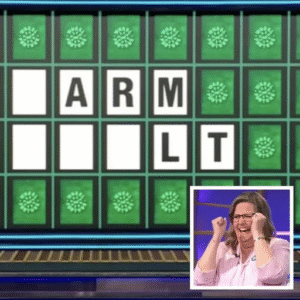Public anger explodes when courts go quiet. Suspicion fills the gaps. Rumors spread faster than facts. Yet the real crisis isn’t always what’s withheld—it’s what’s never explained. When silence has no visible logic, every redaction looks like a cover‑up, every closed door like a conspiracy. And that’s when trust begins to shat… …
Courts walk a narrow line between openness and protection, and the public often only sees the outcome, not the reasoning. Explaining how disclosure rules work—what must remain private, what can be shared, and why—turns what looks like arbitrary secrecy into a recognizable framework. People may still disagree with particular decisions, but they no longer have to guess whether those decisions were driven by hidden motives or by established standards.
Over time, this steady explanation matters more than any dramatic document release. Trust grows when patterns become visible: similar cases handled in similar ways, limits justified in familiar terms, courts speaking clearly even when they cannot speak fully. In that environment, criticism sharpens. Instead of “They’re hiding something,” the question becomes, “Are these rules fair?” Accountability shifts from exposing every file to defending the principles that govern what the public is allowed to see.





